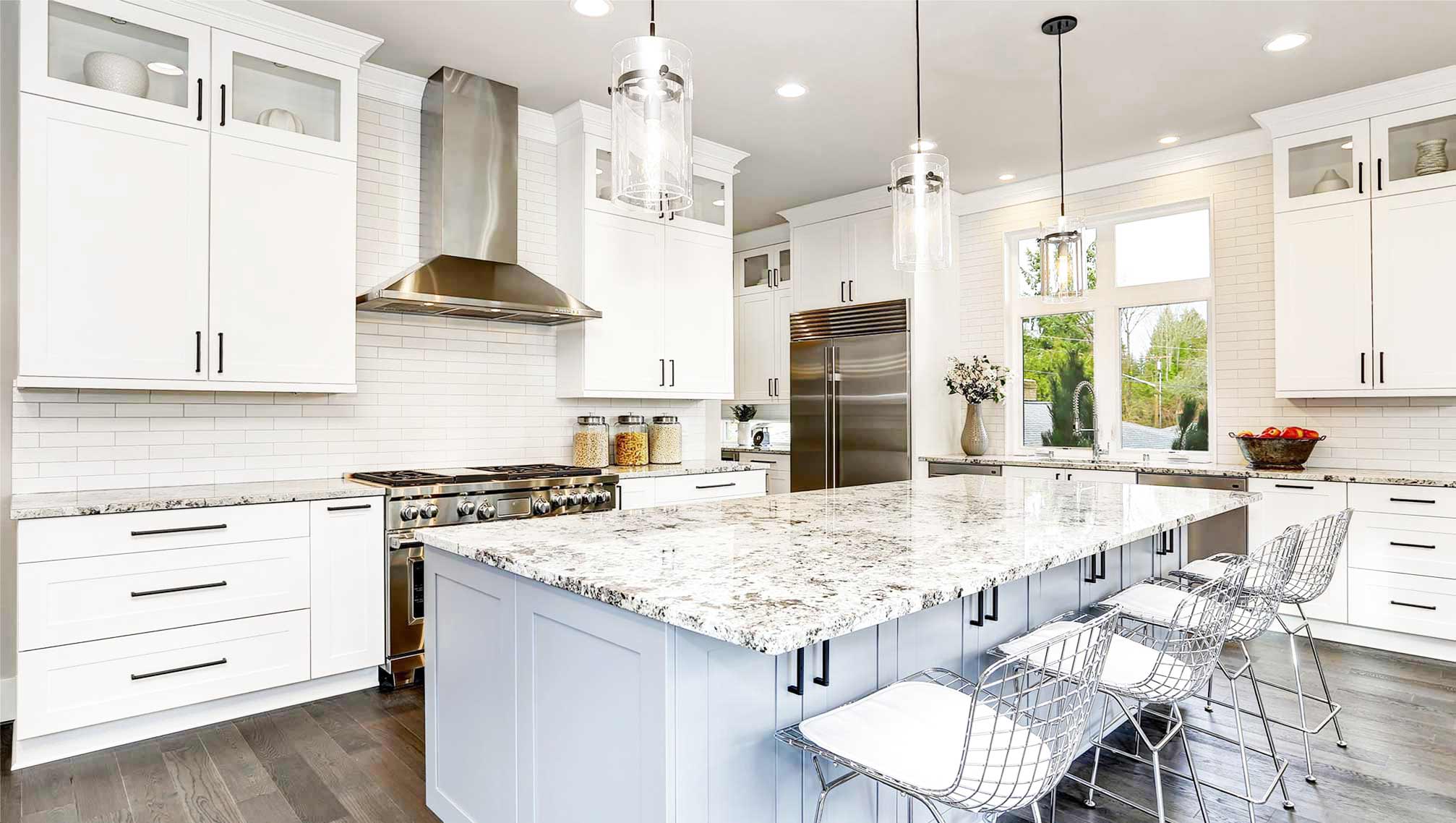Your real estate investment decisions revolve around many factors, from the property's location to the amount of work it needs before you bring in tenants. Your rent-to-mortgage ratio is another key factor to keep in mind during the selection process.
A safe ratio sets your rental payment at a level that generates a positive net cash flow for the property. The exact return on investment varies based on your rental market, property type and mortgage terms.
Choosing a Short- or Long-Term Fixed Rate Mortgage
Mortgage lenders offer several fixed-rate mortgage terms for short- or long-term lending.
Typical loan products in this category include 10-, 15-, 20-, and 30-year mortgages.
The short-term mortgages offer lower interest rates, but you do pay a higher monthly mortgage cost.
The overall loan repayment costs less than a long-term mortgage, but your rent-to-mortgage ratio may not support this option.
20- and 30-year mortgages keep your monthly costs low at the cost of a higher interest rate. This loan option is a good choice when you're first starting out in real estate investment, and you need to control your monthly costs.
Adjustable Rate Mortgages
Another mortgage option is an adjustable rate mortgage.
These loans have an interest rate tied to a rate index, so your percentage varies over the life of the loan. Typical adjustable rate mortgages offer a fixed rate for 3, 5, 7 or 10 years.
Once the mortgage length exceeds the fixed term, the lender looks at the 11th District cost of funds index, the London Interbank Offered Rate or the one-year Treasury bill to adjust your interest rate.
Your initial interest rate starts off lower than fixed-rate mortgages, giving you a lower monthly payment.
Over time, this rate has the potential to stay the same, decrease, or increase.
Your rate has a constant, unchanging margin percentage added to the index rate. You lack predictable payments under an adjustable-rate mortgage, so your monthly costs may end up substantially higher over time.
You may want to take the risk if your mortgage-to-rent ratio still comes out on top even in the worst case scenario, but if you're cutting it close, a fixed-rate mortgage is a safer bet.
Your Debt Service Coverage Ratio
Your mortgage lender talks about the debt service coverage ratio when examining your loan documentation.
This ratio determines whether you have a positive, neutral, or negative cash flow on the potential investment property. A lender is unlikely to process an investment loan on a property with a negative cash flow, as you have to pay out of pocket every month to keep up with payments.
You calculate this ratio by dividing the net operating income from the property by the mortgage's principal and interest payments.
Your net operating income takes your projected rental price and removes expenses such as taxes, insurance and maintenance costs. If you end up with a figure larger than one, you have a positive cash flow. A result of one indicates your net rental income balances out with your mortgage. Any result less than one shows a negative cash flow and probably won't be a good investment.
Each mortgage type offers its own principle and interest payments.
You may push negative and neutral cash flows into the positive by choosing a different mortgage offering lower monthly payments, such as a 30-year term instead of a 10- or 15-year one.
Consider switching mortgage lenders or brokers if your rates are too high; small interest rate reductions can lead to big changes in your monthly mortgage payments.
Your Ideal Return on Investment
The perfect rental ROI isn't set in stone.
A high ROI in a renter's market may be painfully low in an area with low rental supply. Money Under 30 recommends aiming for a 15-percent ROI or higher with each investment property. Your rental properties should generate enough income to cover the mortgage, expenses, and create a surplus to deal with emergencies, at the very least. You don't want a sudden furnace repair to cut into your personal funds.
Vacancy rates also impact your ROI.
In a competitive rental market, you may face slow periods with no tenant interest. The emergency surplus helps you cover the mortgage payment and turnover costs when tenants leave the property, or it sits empty for some time.
If you have a hard time finding properties generating a strong positive cash flow, re-evaluate your investment strategy. You may be looking at properties in the wrong part of town for renters or focus on listings above market price. Look at similar rentals in your area to see if you're missing the mark with market rent, as well.
Establishing the right rent price versus your mortgage payment requires careful consideration of all the factors involved.
You put a lot of time, effort and resources into being a landlord, so it's important that your properties provide a positive return.
Changing mortgage types, adjusting your market rent and shifting your property search locations help you realize the ROI you should be making
Article Content Originally Posted by: Landlord Station. (April.2016). “Rent Versus Mortgage- What is the Safe Ratio?” Landlord Station. Retrieved 17, Oct. 2017 from: http://www.landlordstation.com/blog/rent-versus-mortgage-what-is-the-safe-ratio/
For More Relative Topics Click Here


